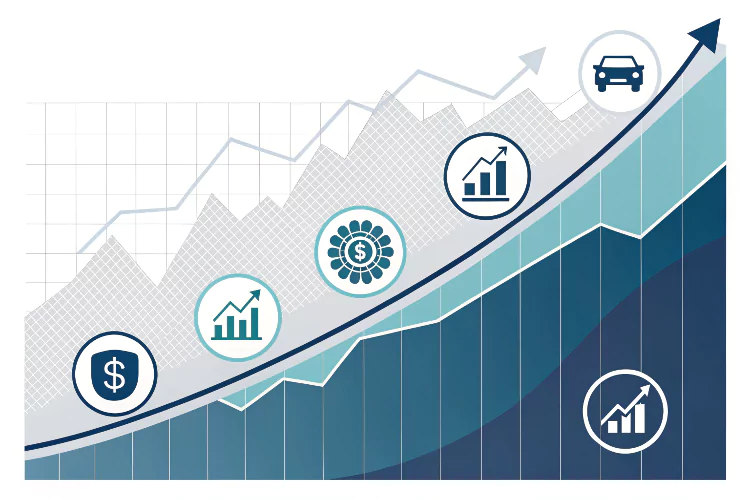
Fintech Sector’s Rapid Growth: Reshaping the Future of Finance
The fintech sector has undergone a dramatic transformation in the last decade—what began as a disruptive force is now a dominant driver of global financial innovation. From digital wallets and blockchain to AI-powered underwriting and embedded finance, fintech has redefined how consumers and businesses interact with money.
This growth is not slowing down. In fact, it’s accelerating across emerging markets and established economies alike, challenging traditional banking norms and enabling unprecedented financial inclusion.
A Shift from Disruption to Infrastructure
Fintech’s evolution is marked by a shift from niche disruption to critical infrastructure. Startups that once targeted single pain points—like peer-to-peer payments or online lending—are now offering end-to-end financial ecosystems. APIs, open banking protocols, and cloud-native architectures have enabled these players to integrate deeply into everyday consumer and business platforms.
Traditional banks, once wary of fintech competition, are now partnering or acquiring these innovators to accelerate their own digital transformation journeys.
Key Drivers Behind the Momentum
Several macro trends are fueling the fintech boom:
Digital-first behavior: Consumers now expect seamless, mobile-first financial experiences.
Regulatory support: Sandboxes and progressive policies in regions like Singapore, the UAE, and the UK are encouraging responsible innovation.
Venture capital investment: Despite global economic headwinds, fintech remains one of the most funded tech sectors.
AI and data analytics: Real-time credit scoring, fraud detection, and personalized banking are powered by intelligent systems that learn and adapt.
Fintech Use Cases Transforming Industries
Fintech’s impact extends far beyond consumer banking:
SME Lending: Platforms like Kabbage and Funding Circle are providing small businesses with fast, data-driven access to capital.
Insurance (Insurtech): AI is automating claims processing, underwriting, and risk assessment in real time.
WealthTech: Robo-advisors and AI-enabled portfolio management tools are democratizing investment access.
Cross-border Payments: Blockchain and stablecoins are streamlining remittances and global commerce, especially in underbanked regions.
Challenges on the Horizon
Despite rapid expansion, fintech faces critical challenges. Data privacy, cybersecurity, regulatory harmonization, and the need for responsible AI implementation are pressing concerns. With rising scrutiny from regulators and growing expectations from consumers, the sector must balance speed with stability.
Trust and transparency will be the new currency.
The Future: Embedded, Inclusive, and Intelligent
Fintech is moving beyond standalone apps toward embedded finance, where services are integrated directly into non-financial platforms—ride-hailing, e-commerce, even social media. This invisible layer of finance will redefine user expectations and open new monetization models.
The fintech sector’s trajectory is clear: it’s not just innovating financial products—it’s rearchitecting financial systems. As we look ahead, inclusive growth, adaptive regulation, and cross-sector collaboration will define the next phase of fintech’s global expansion.



